Overview

© Bärbel Tiemeyer
In the Thünen topic “Climate and Air” we have three focal points:
- We compile the annual national greenhouse gas inventories for agriculture, land use and forestry/wood, as well as other national emission inventories (e.g. ammonia).
- Climate protection: We are investigating how to reduce greenhouse gas emissions and increase carbon sequestration.
- Adaptation to climate change: We are investigating how climate change will affect agriculture, forestry, and fisheries, and how these sectors can adapt to climate change.
Download Service
- Thünen topic Climate and AirExcerpt from the Thünen Institute's Medium-Term Concept 2021 (in German)
- Thünen medium-term concept 2021(in German)
Scroll to top

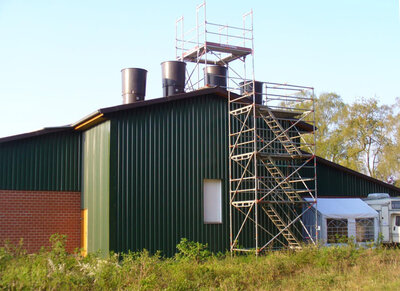
![[Translate to English:] Durch die Größe der Ställe und den hohen Tierbesatz entsteht viel Abluft mit unerwünschten Emissionen.](/media/_processed_/e/5/csm_Bild8_Huehnerhaltung_668aba6cd8.jpg)
![[Translate to English:] [Translate to English:]](/media/_processed_/4/9/csm_Dossier_Emissionen_Hintergrund_Bioaerosole_76310f80b8.jpg)
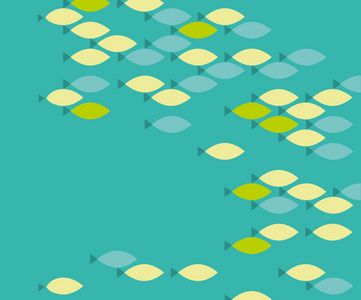
![[Translate to English:] [Translate to English:]](/media/_processed_/d/0/csm_Emissionsinventare_94b9a307af.jpg)
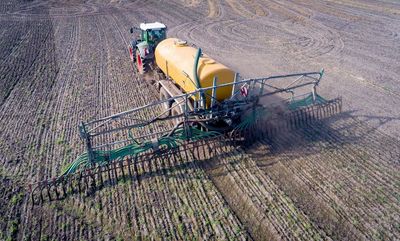
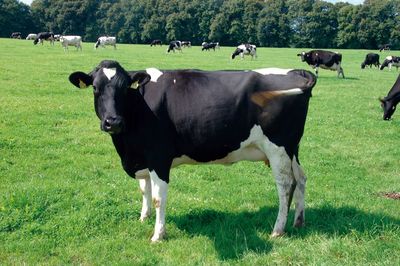
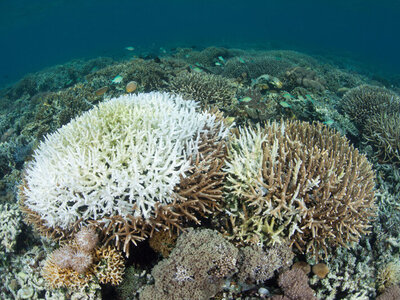
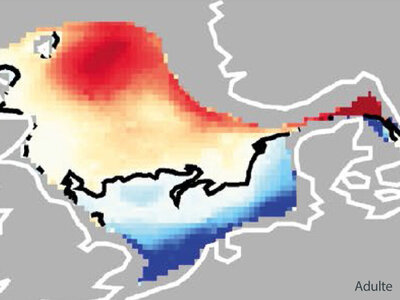
![[Translate to English:] [Translate to English:]](/media/_processed_/7/a/csm_BAT_1106b_large_6fc1461a50.jpg)
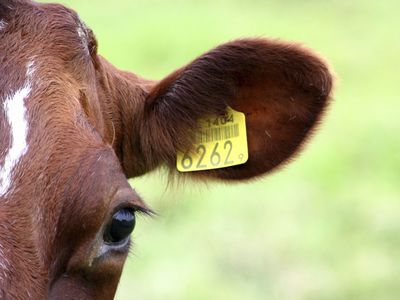
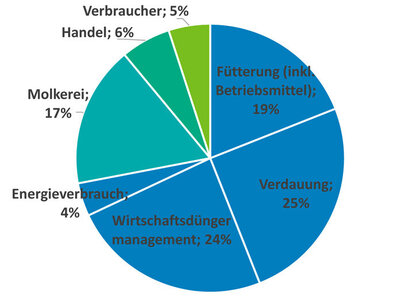
![[Translate to English:] Zwei Bilder zur Rinderhaltung: Links in intensiver Haltung im Stall in Deutschland, rechts auf der Weide in Brasilien.](/media/_processed_/a/7/csm_Rinder_D-BRA_1_ca0493cd75.jpg)
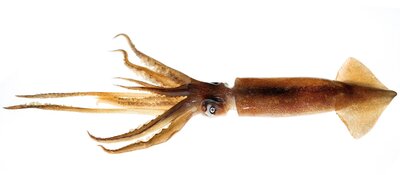
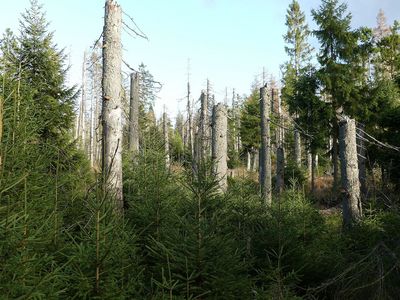
![[Translate to English:] Logo des Bundesministerium für Ernährung und Landwirtschaft](/media/allgemein/logos/BMEL_Logo.svg)